Premium Only Content
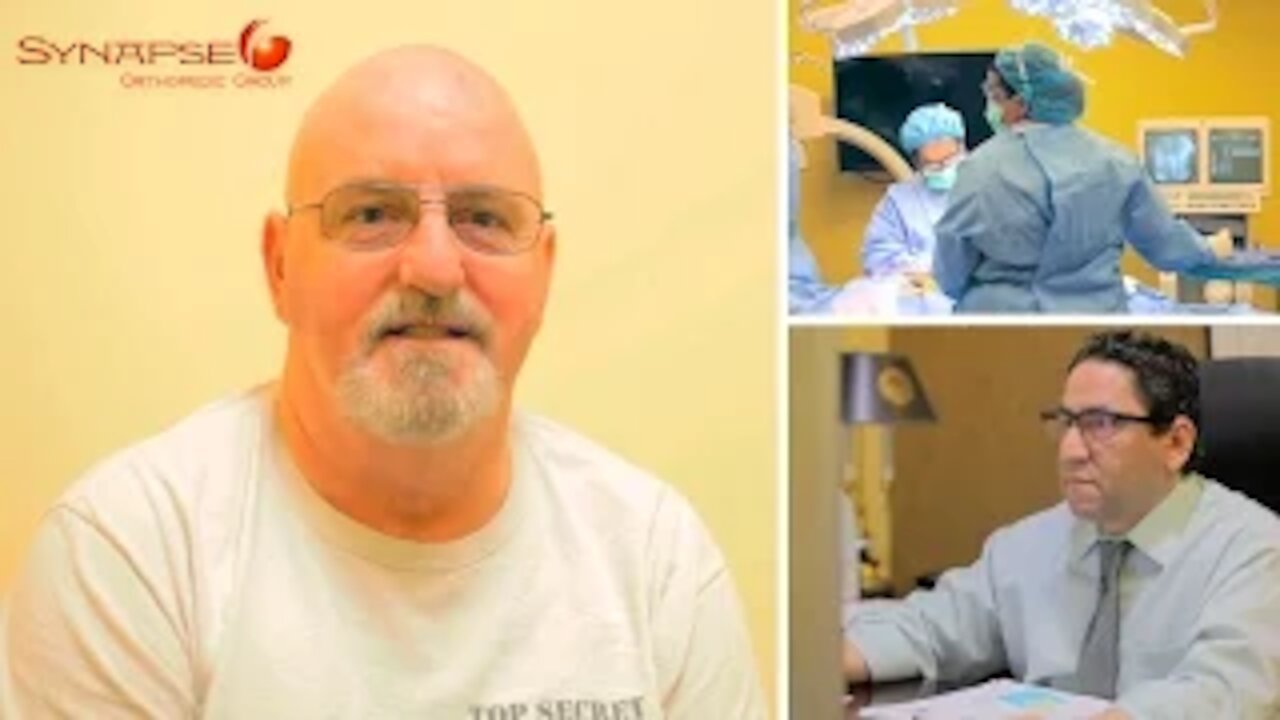
Spine Stimulator Implant Patient
Donald Hockett had been experiencing pain for years and was misdiagnosed with arthritis. Continuing in pain, Donald was referred to Synapse Orthopedic Group. Edwin Haronian MD performed a second opinion and discovered that Donald had a 9mm protusion of the L4 L5. After discussing several routes, Jonathan Kohan MD provided him a Spine Stimulator Implant to reduce his pain. Since receiving the implant, he is mobile and playing with his grandchildren again. He has his life back.
Call us to schedule an appointment: (818) 788-2400
Locations in Pomona, Sherman Oaks, and Los Angeles
Spine Stimulator:
People whose back or neck pain has not been relieved by back surgery or other treatments may have another option to consider: spinal cord stimulation.
Around the world, some 14,000 patients undergo spinal cord stimulator implants each year. Spinal cord stimulation (SCS) delivers mild electrical stimulation to nerves along the spinal column, modifying or blocking nerve activity in a non-medicinal way to minimize the sensation of pain reaching the brain.
Spinal cord stimulation was first used to treat pain in 1967. Spinal cord stimulation was approved by the Food and Drug Administration (FDA) in 1989 to relieve pain from nerve damage in the trunk, arms, or legs, and now accounts for about 90 percent of all neuromodulation treatments. That number is expected to grow to manage chronic disease states as the population ages and as spinal cord stimulation is expanded to treat other diseases.
Spinal cord stimulation, also called neurostimulation, directs mild electrical pulses to interfere with pain messages reaching the brain. A small device implanted near the spine generates these pulses. The implanted generator used in spinal cord stimulation has similarities to a cardiac pacemaker, leading some to call the device a pacemaker for pain.
A spinal cord stimulator is a device used to exert pulsed electrical signals to the spinal cord to control chronic pain. Further applications are in motor disorders. The lumbar spinal cord is a preferred target for the control of spinal spasticity or augmentation of standing and stepping capabilities. Spinal cord stimulation (SCS), in the simplest form, consists of stimulating electrodes, implanted in the epidural space, an electrical pulse generator, implanted in the lower abdominal area or gluteal region, conducting wires connecting the electrodes to the generator, and the generator remote control. SCS has notable analgesic properties and, at the present, is used mostly in the treatment of failed back surgery syndrome, complex regional pain syndrome and refractory pain due to ischemia.
The most common use of SCS is failed back surgery syndrome (FBSS) in the United States and peripheral ischemic pain in Europe.
FBSS, classified as mixed pain syndrome (neuropathic and nociceptive), is the persistent or recurrent pain, mainly involving the lower back and/or legs after successful spinal surgery. It affects about 40% of patients who undergo spinal surgeries. Several studies showed overall efficacy of the SCS for FBSS.
SCS is also indicated in the treatment of inoperable ischemic limb pain.Furthermore, this technique is studied in various applications. For instance, it has been shown to modulate the function of sympathetic nervous system and increase norepinephrine release in refractory angina pectoris, decreasing the probability of angina attack. SCS units have been used to treat patients with frequent migraines. The electrodes are implanted in the bilateral suboccipital region.
For more information please visit our website at: http://www.synapsedoctor.com
You can also follow our social media pages at:
http://www.facebook.com/synapsedoctor
http://www.instagram.com/synapsedoctor
http://www.twitter.com/synapsedoctor
-
 1:05
1:05
KenWilliams1
4 years agoExtremely Patient Dog
301 -
 0:33
0:33
Tank24
4 years agoPatient pitbull with baby
126 -
 2:11
2:11
WFTX
4 years agoPediatric cancer patient inspries others
15 -
 0:23
0:23
Claritathedog
4 years agoPatient dog nurses adorable kitten
95 -
 1:12
1:12
WXYZ
4 years agoAlzheimer's patient reacts to music
281 -
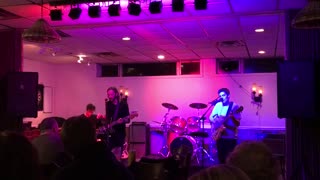 3:33
3:33
Cloudchaos
4 years agoThe Patient Zeros - Feel Good Inc
40 -
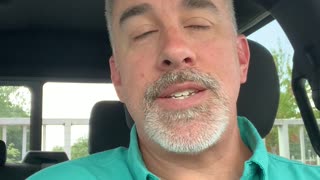 13:41
13:41
DrKrupka
4 years agoAre you a dogmatic patient?
106 -
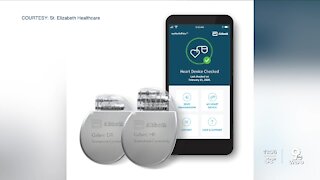 2:00
2:00
WCPO
4 years agoSt. Elizabeth's Bluetooth implant makes history
150 -
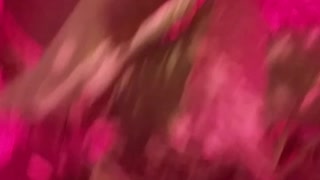 5:23
5:23
Monstersinthewater
4 years agoFeeding my patient, Lucy
26 -
 0:50
0:50
BPR
5 years agoMexican gunmen kidnap hospital patient
6K